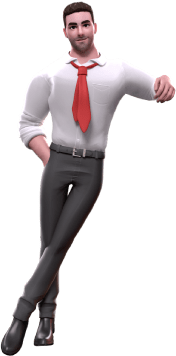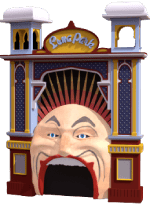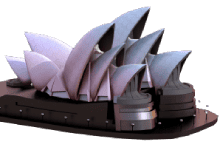Every website strives to maintain a consistent flow of traffic and visitors. Search engine optimisation may help you get people to your site, but grabbing their attention is the key to great web design. There are a variety of analytical tools available to assist you in determining how interested people are in your website, but none can offer recommendations on how to keep them coming back. The most important thing you can do for your business is to make your website appealing. On each page of your website, there has to be a benefit that people will get from it. Something distinct and interesting enough to pique their interest, keep them coming back, and encourage others to learn more about you. You could be wondering, “How can I possibly give enough material to pique people’s interest and turn them into repeat visitors?” The solution isn’t simple, but there are a few things you can try. You may concentrate your efforts on what your user-base is most interested in and, of course, increase traffic by testing things.
A blog, ideally one on your website, is one of the most effective ways to attract visitors. There are a plethora of blogging platforms accessible to allow you to simply create, manage, and promote your blogs. The majority of businesses and people would miss out on a lot if their website didn’t have a blog. A blog may help your search engine rankings as well as attract new visitors. I frequently hear individuals claim that they just don’t have the time to blog. It’s understandable, but there’s no excuse if you want to get real traffic. You know your goods and services better than anybody else, so writing about them should be simple, and it will go a long way. Keep your blog in mind when hiring a web designer. The primary purpose of your website should be to provide useful information to visitors, and it should be easy for them to locate. I frequently advocate including two to three recent blog entries on the site’s homepage.
An in-depth “about” area is required by all websites. When a user learns about your company’s history and the people who works there, they develop trust for it. Your website/ business isn’t simply a logo on the internet. It’s more human and relatable on a person level than ever before. The confidence that arises from this knowledge will encourage users to advertise your site and refer others.
Using a variety of relatable images throughout your material and updating them on a regular basis is another seemingly basic, yet overlooked, approach to get visitors to your site with excellent web design. Images that are appropriately named perform even better than pictures in illustrating blog subjects and information. Make an effort to provide unique photos for users to enjoy and discover. If your design allows, you may also add your logo and website address to the images. This way, if others make use of your unedited pictures, you will get free promotion as a result of their usage.
Infographics are currently a popular topic on the internet. Infographics can do much to pique people’s interest while educating them on anything from a wide range of topics. Despite their age, infographics have recently gained popularity as a means of generating traffic for several websites. Invest some time into planning an infographic, and have your web or graphic designer create it visually appealing. Post it on your website or blog, along with a code snippet for reuse (after credit). This infographic will bring visitors to your website when people repost it on social media sites or their own site. The majority of this traffic will be interested in the infographic’s subject, which will generate qualified leads.
Interactivity is a key component of website design. This has a significant influence on the quality of your user experience and encourages people to stay on your site longer. Depending on your focus group, this might be subtle/intense. Promote interaction by utilising rollover images and links (changing areas of your site when moused over). In conclusion, rollover images assist users understand links in a more friendly manner. Blogs may also be an excellent place to interact. Allow visitors to comment on your blog and respond to them. This will help you develop a strong relationship with your readers and encourage them to return again because they feel their voice is being heard.
After the graphical aspects of your website are completed, the web designer’s work isn’t done. There are a number of other measures that should be implemented once a design is working and operational to ensure visitors find your site. One of the most crucial things to do is submit your website to various search engines. The purpose of this service is to make life easier for the search engine by making things simple. Google Webmaster tools is an excellent illustration of such a solution. You may submit your website’s sitemap, ask Google to crawl and index it, and get useful information about any problems it encounters accessing your site. People who do not use these services risk having their tiny sites overlooked by search engines, and no one wants that work to go to waste. Even the most inexperienced of web designers can accomplish these activities swiftly and simply because they are not complex.
Follow these strategies and you’ll be able to keep visitors on your website for longer and keep them returning. The key is to remember that a neglected site is a sad sight. Users despise visiting a site that has been sitting there unused for years. Continue producing valuable material. Keep in touch with your consumers. And hire a competent web designer to ensure that things are done correctly the first time. Reestablishing people’s confidence is far more difficult than gaining it in the first place.





